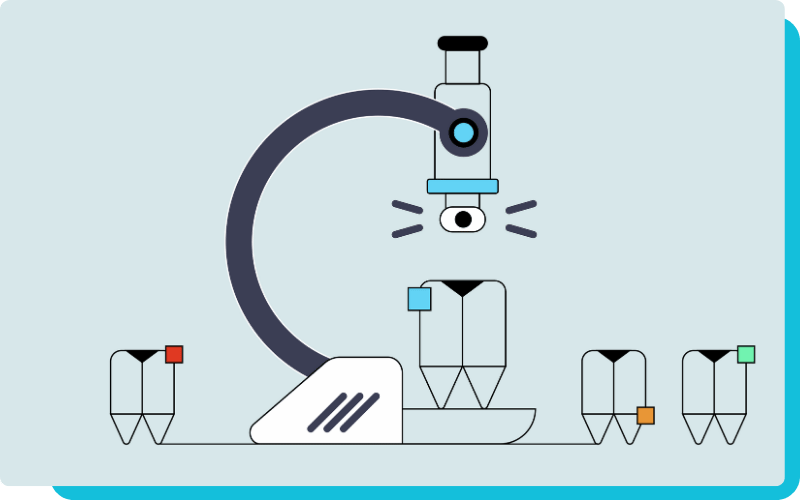Three types of research matter in the effort to clear a path for AI in the dental industry

Research to confirm the need
One is basic research that validates AI’s necessity. If you can’t see a problem, then you’ll never pick up a tool to fix it, right? Take, for example, an AI application like radiographic diagnostics. Humans have been successfully evaluating X-rays for over a century. Why then do we now need to invest in AI that performs supplemental radiographic analysis? We don’t––unless we know that humans don’t actually evaluate X-rays as successfully as we’ve long believed.
Research that carefully examines certain basic assumptions in dental healthcare will show us the problems that a century of human-led dentistry has failed to unearth. Developing clear, statistically validated evidence of these problems will encourage development of and investments in solutions.
-
Validating AI necessity: Research confirms AI's importance in dentistry, particularly in areas like radiographic analysis, where it can enhance diagnostic accuracy.
-
Addressing human inconsistency: Studies on human inconsistency in dental work underscore the need for AI, which excels in consistency and accuracy, especially in radiographic interpretation.
-
Improving patient care: Inconsistent diagnoses due to human variability underscore the value of AI, which can standardize care, enhance accuracy, and build patient trust.
Research to demonstrate the advantages
The most obvious assumption we want to overturn is that the work of humans can’t be measurably improved upon. To do that, we first and foremost need research into the inconsistency of the work humans do across the dental industry. Why? Because a) inconsistency is a basic human defect and b) consistency is a basic AI strength––so understanding the size of our inconsistency problem will help us understand the value of AI’s ability to solve it.
If it seems strange that we should prioritize studying such a universally acknowledged property of human behavior, I’d suggest asking a dentist whether she thinks inconsistency is a major problem in dental care. My guess is that she’ll chuckle and acknowledge the inconsistency in general but deny that it is a major problem. I’ve heard that answer frequently, which, at least anecdotally, tells me that our intuitions about inconsistency’s impact don’t line up with our intuitions about inconsistency’s prevalence. We need to take intuition out of the equation with studies that investigate the scale and harm of inconsistency in dentistry.
Since radiography is the mainspring of dental healthcare, impelling diagnosis to insurance payout and so much in between, research that looks at inconsistency in radiographic interpretation is the best place to start.
Research to improve outcomes
My experience working with the hundreds of clinicians who annotate the X-rays that we use at Pearl to train our machine learning algorithms tells me that clinicians often don't agree, even at the most basic level, about what exists within a radiograph. Widespread inconsistency at the point of diagnosis means that patients are receiving different care depending on which practitioner they happen to visit on any given day. That is an uncomfortable reality with serious implications for the quality of care, patient trust and, ultimately, revenue.
Studies showing, clearly and indisputably, that inconsistency is a fundamental problem in dentistry, will validate the introduction of a technology that will markedly improve overall consistency and accuracy of diagnoses and treatment planning, and fostering greater trust.